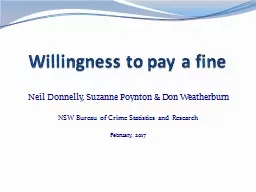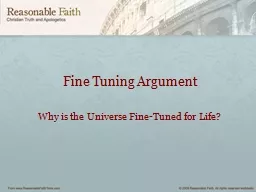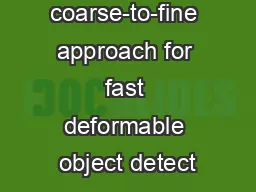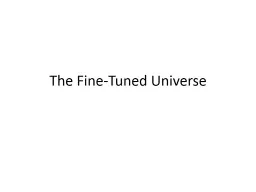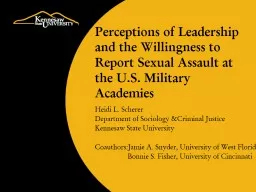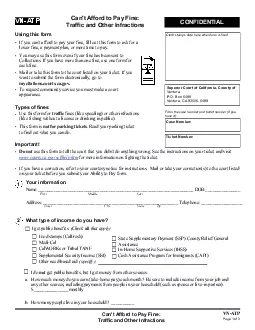PPT-Willingness to pay a fine
Author : stefany-barnette | Published Date : 2017-04-22
Neil Donnelly Suzanne Poynton amp Don Weatherburn NSW Bureau of Crime Statistics and Research February 2017 Introduction Fines the most widely used sanction in regulatory
Presentation Embed Code
Download Presentation
Download Presentation The PPT/PDF document "Willingness to pay a fine" is the property of its rightful owner. Permission is granted to download and print the materials on this website for personal, non-commercial use only, and to display it on your personal computer provided you do not modify the materials and that you retain all copyright notices contained in the materials. By downloading content from our website, you accept the terms of this agreement.
Willingness to pay a fine: Transcript
Download Rules Of Document
"Willingness to pay a fine"The content belongs to its owner. You may download and print it for personal use, without modification, and keep all copyright notices. By downloading, you agree to these terms.
Related Documents

